Romania
Romania
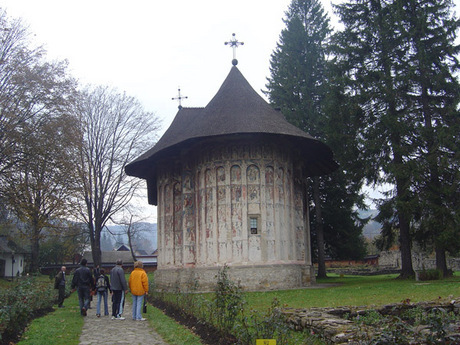
The monastic community was refounded in 1992, and in 1993, together with six other churches with exterior frescoes, the church of Humor was included in the World Heritage List The monastery of Humor is up the Humor River, near the town of Gura Humorului, among wooded hills. Around it, in the river valley, the village has grown that bears the name of the monastery, Manastirea Humorului.
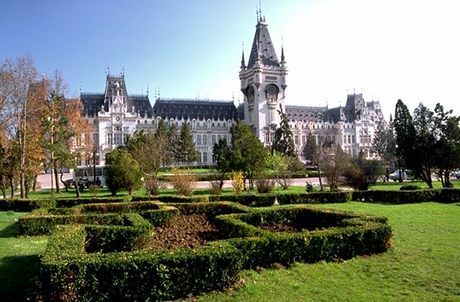
Iasi is the most important political, economic and cultural centre of the province of Moldavia as well as one of the oldest cities in Romania. Located in the northeastern part of the country, Iasi was for many centuries the crossing point of the most important commercial routes linking Poland, Hungary, Russia and Constantinople.
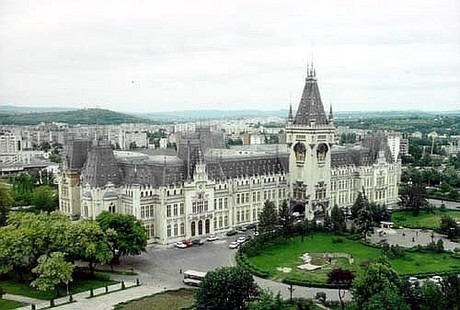
The Palace of Culture in Iasi is the main attraction point of the Moldavian capital. We can’t even imagine a touristic folder without the image of the famous building that shelters four museums, The Moldavian Museum of History, The Moldavian Museum of Ethnography, The Museum of Art, “Stefan Procopiu” Museum of Science and Technology, and “Gheorghe Asachi” District Library in the North-East side of the building.
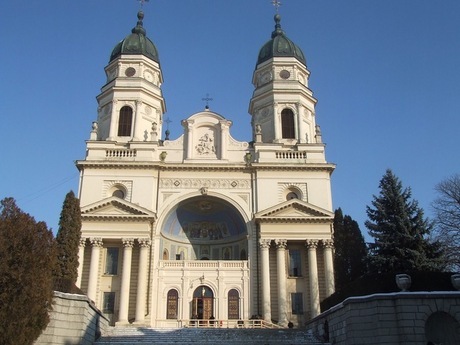
Iasi, the capital of the province of Moldavia, has a population of about 400,000 and is situated in the north-eastern part of Romania. The city has many historical and architectural monuments and harbors the second largest university in the country, with and a student population of about 30,000. The Metropolitan Cathedral "Saint Parascheva" was founded by Veniamin Costachi, a Romanian educator and school organizer of the early 19th century.
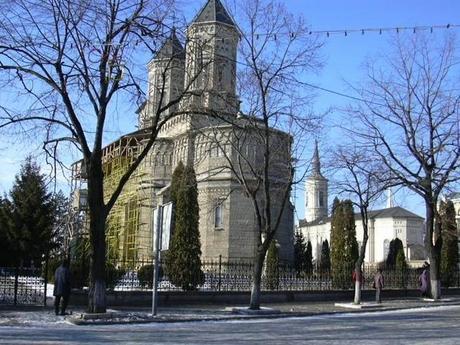
The monastery together with the Church of the Three Hierarchs is considered to be the most beautiful foundation of the ruler Vasile Lupu and, at the same time, an architectonic jewel of the city of Iasi. The religious dwelling was built between 1637 – 1639 and it was consecrated by the Metropolitan Bishop Varlaam on the 6th oh May, 1639.
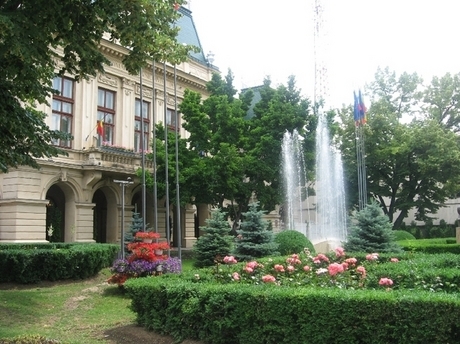
Located in the centre of the city , the palace was designed by the architect Gustav Freywald buitl by Iordache Roznovanu and finished in 1832. After the fire from 1834, was renovated by Roznoveanu`s son. The palace was erected according to Gustav freynwald plans. The new construction initially built in Venetian neo classical style had its frontispiece adorned with marble statuets representing mythological characters. In 1891 when the jounimist ( Junimea was a society of literature from modern Romania ) Vasile Pogor became the mayor of the city the building was boughtwith the purpose of serving as headquarters of the city hall.
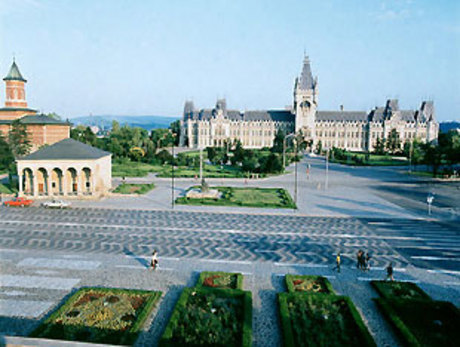
The musical history of Iaşi and Romania have been closely connected to European musical history, one of the noteworthy events being Franz Liszt's concerts in 1847. In 1860 the Music and Declamation School (later the Music and Drama Conservatory) was founded. After an unsuccessful attempt in 1868, the "George Enescu" Philharmonic Society was finally founded in Iasi, in 1918.
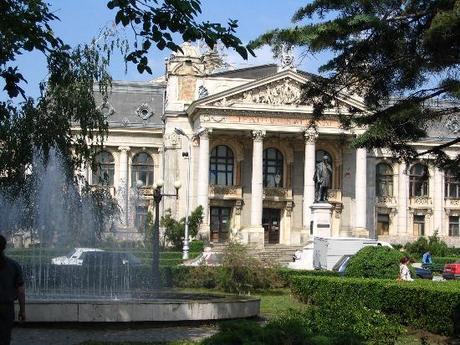
Built in the late 19th century on the site of the old City Hall, this is one of the most elegant buildings in Romania. The architects were the Viennese Feller and Helmer who later built theatres in Cernauti and Sofia. Richly decorated in French-eclectic style, the theatre has one of the most splendid auditoriums in the country. It can seat 1,000 people and the acoustics are excellent. The theatre bears the name of the company's founder, Vasile Alecsandri (1821-1890), a renowned Romanian poet, playwright, politician and diplomat.
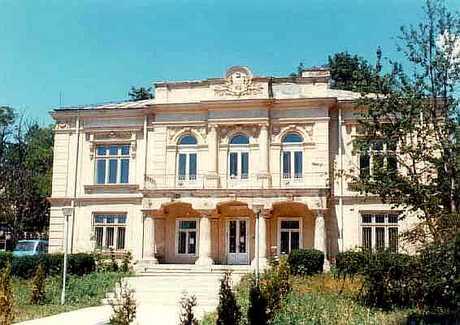
The Pogor House Literary Museum , Vasile Pogor's 1850s mansion, is where meetings of the literary society were held from 1871. On its lovely grounds stand rows of busts of some of the more eminent members of the society, including dramatist Ion Luca Caragiale (1852–1912) and poet Vasile Alecsandri (1821–90).
 1 2 3 4 5 6 78
1 2 3 4 5 6 78
